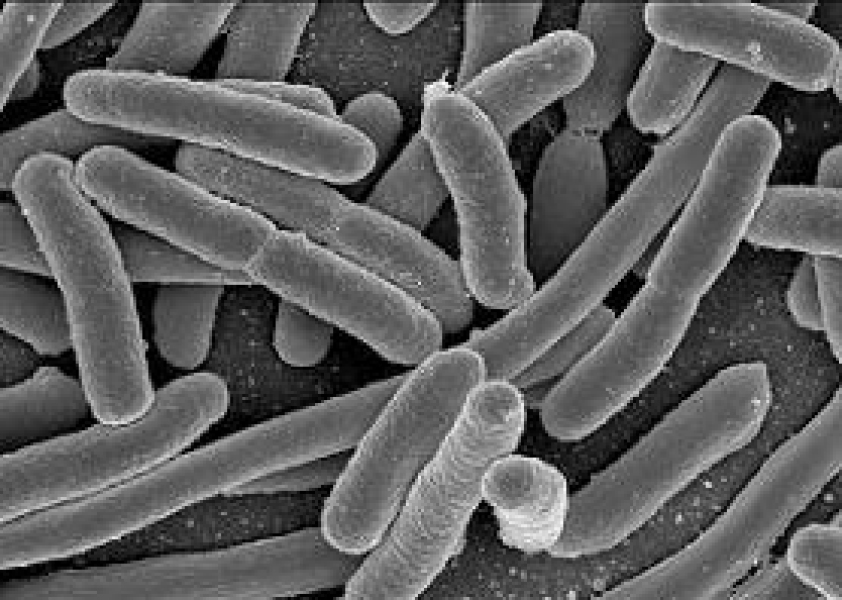Infectious substances, meat and dairy
What are the sources of infectious substances from the meat and dairy processing industry?
What are the sources of infectious substances from the meat and dairy processing industry?
Pathogens are commonly found in discharges from meat and dairy processing factories. Waterways can easily become contaminated by pathogens when effluent is discharged in or near a waterway. Although treatment of wastewater can take out many of the unwanted pathogens, the type of treatment used by factories varies greatly and needs to be carefully considered depending on the industry. This will minimise the impacts on a waterway. Adequate dilution rates should also be considered to reduce the effects of associated nutrients, but the amount that can be safely discharged depends on the size of the waterway.
Potential impacts of infectious substances on water quality and mahinga kai
- Decreased water quality.
- Contaminated water and mahinga kai, especially shellfish, downstream of the discharge (source) that makes it unsuitable for harvesting (fishing or food gathering).
- Water becomes unsuitable for swimming or recreational use.
- Greater probability of disease-related impacts on fish populations.
Learn more about the potential environmental impacts of infectious substances in waterways
- Mitigation and best practice options
- What is Kaitiaki Tools?
- What is the proposed activity or industry?
-
What impacts interest you?
- Chemical contamination
- Mitigation and best practice options
- Dissolved oxygen
- Infectious substances
- Instream barriers and altered water flow
- Modified habitat
- Nutrient overloading
- Sediment
- Temperature changes
- Water clarity
- Loss of riparian vegetation
- Mahinga kai - what species interests you?
- About the resource consent process

